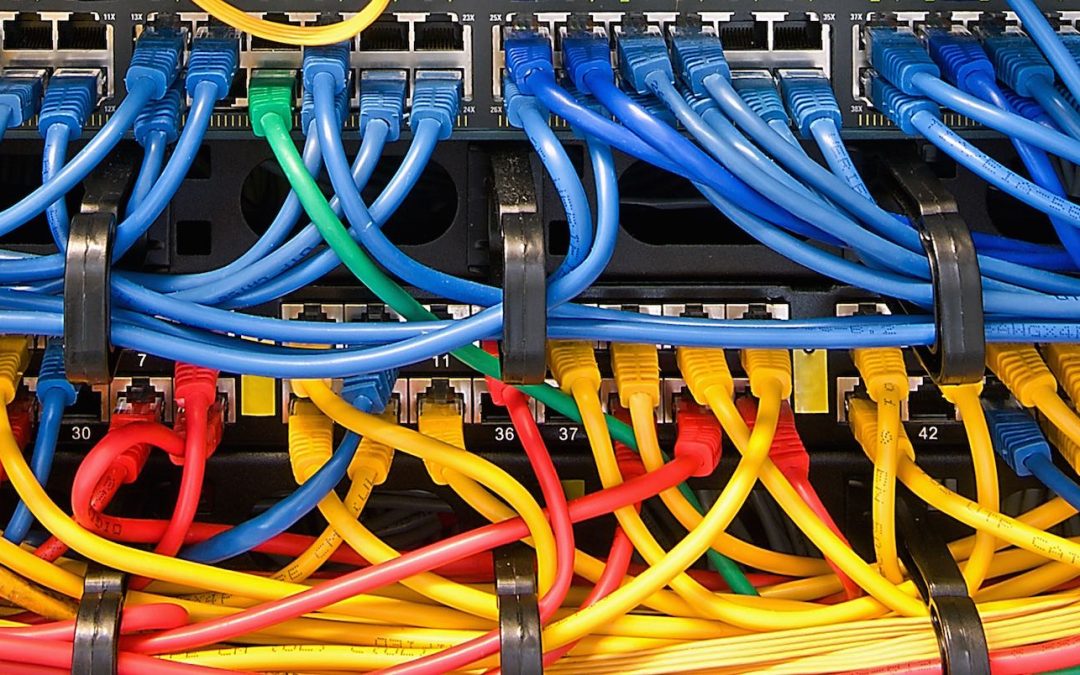
Let's deconstruct the #netneutrality debate by understanding 'data discrimination'
Initial Literature Review on Net Neutrality and Data Discrimination:
What is net neutrality? What is the current debate about? (more…)

Initial Literature Review on Net Neutrality and Data Discrimination:
What is net neutrality? What is the current debate about? (more…)
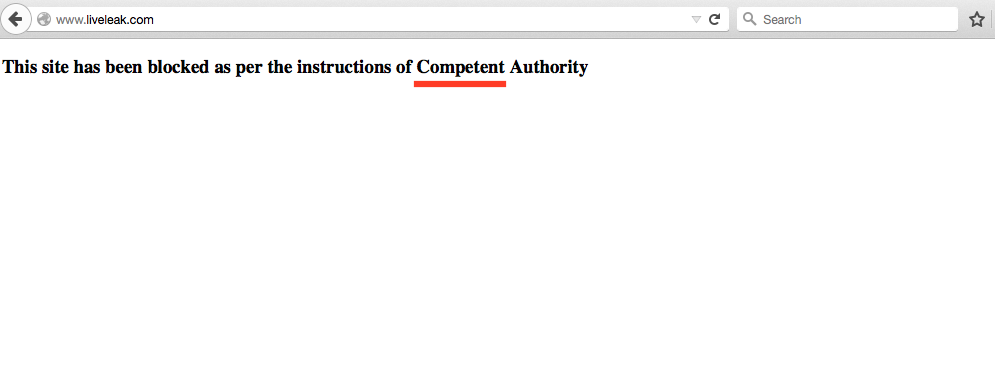
Big brother’s watching you. Big brother wants to control what you see.
And no, we are not talking about the American government. This time, we speak up against the Indian government’s political censorship on the Internet.
“The OpenNet Initiative classified India as engaged in “selective” Internet filtering in the political, conflict/security, social, and Internet tools areas in 2011.”
So, what exactly makes a Government body competent to decide what information we should see and what we shouldn’t? Well, there is no clear structure. At present, any form of censorship could pass in the name of “National Security”. But most of these blocks are politically charged.
The website LiveLeak has broken many serious stories in the past during the Arab Spring and to highlight issues like police brutality in the United states.
Live Leak also has a lot of useless content that may not interest you. But that doesn’t mean the Government can choose to ban this entire site?
There needs to be systematic process in how we censor information. We can’t just have a random approach.
Remember when Ravi Shankar Prasad’s (current IT Minister) team tried to ban porn sites? Do they really believe that all the porn on the Internet is present only on 1200 odd websites? NEWSFLASH: There are millions of porn websites and it technologically impossible to block even 10% of it.
Remember when Kapil Sibal’s (ex-IT minister) team wanted to block Google and Facebook when they found out that there was offensive material against Indian National Congress? – (Impossible to prescreen Content: says Facebook and Google -) DNA India
We need to fight harder (more than ever) to protect our free Internet.
“The national security policy of the world’s biggest democracy is undermining freedom of expression and the protection of Internet users’ personal data.” – Reporters without borders
“In 2009, the Supreme Court ruled that bloggers and moderators can face libel suits and even criminal prosecution for comments posted on their websites.” – Freedom House report
“I am mystified by our government’s approach both to the internet and to the millions of Indians using it. It does not adhere to the values of our republic and democracy. This matter needs to be addressed urgently, for which I propose to file a PIL in the Supreme Court. Don’t kill the freedom of speech, change the IT Rules” – Rajeev Chandrasekhar, Member of Parliament
“In July 2006, the Indian government ordered the blocking of 17 websites, including some hosted on the Geocities, Blogspot and Typepad domains. Initial implementation difficulties led to these domains being blocked entirely.” – Outlook India
“n an order dated 13 June 2013, the Department of Telecom (DoT) directed Indian Internet service providers (ISPs) to block 39 websites. The order didn’t specify a reason or law under which the websites were blocked.” – The Times of India
Read about how your rights are being violated here: https://en.wikipedia.org/wiki/Internet_censorship_in_India
Digital India #internetcensorchip #freeinternet #muftinternet
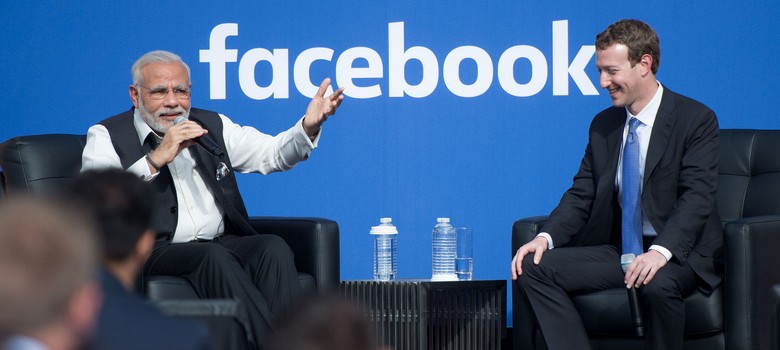
Something larger than the 2G Scam is about to take place if people don’t start speaking up against net neutrality in India.
FOR PEOPLE WHO THINK #NETNEUTRALITY DOESN'T MATTER!Imagine if Muft Internet was a big pharma company and we would make…
Posted by Muft Internet on 28 September 2015
This posts contains significant news stories that you must have missed about net neutrality in India.
First, let’s start with understanding net neutrality. If you don’t want to get into much details, just watch this awesome video by AIB on ‘what is net neutrality’.
More stories your should read:
Facebook and Google are being dubious about India’s net neutrality
“Facebook, in its attempt to push its internet.org, is disingenuously running a poll on its website where it is asking Indian web users if they want free internet or not. The choices are yes or say something later. People don’t even have the option of no. Google, on the other hand, has been uncharacteristically silent on net neutrality in India. But that doesn’t mean it has nothing to say on this matter. In emails leaked by Nikhil Pahwa of Medianama, the company apparently asked Internet and Mobile Association of India to tone down the pro net-neutrality recommendations that the organisation submitted to the government.”
The government has done NOTHING about net neutrality in India. In fact, in a recent visit to US by PM Modi, he met Zuckerberg and seemed to be quiet happy about his!
Net Neutrality in India: Government receives over 50,000 comments on mygov.in forum
“There has been a surge in public response, pushing the number of comments on the telecom department panel’s net neutrality recommendations to over 50,000, asking for free and equal access to the Web, according to The Economic Times. The responses to the report on the mygov.in portal were 52,172 and increasing by the minute.”
You can read about some of the comments here!
Give your Comments or Suggestions on Recommendations of Committee on Net Neutrality
“Committee on Net Neutrality has submitted its report to the Department of Telecommunications. Its recommendations broadly contain technical, regulatory and public policy related measures required with respect to Net Neutrality issue.
Telecom Regulatory Authority of India (TRAI) is also currently engaged in consultation process on the issue whose recommendations are awaited.
It is emphasized that the views expressed in the report are that of the Committee and not of the Government. Your valuable comments, wide scale consultations, as also the report of the TRAI will help the Government to take appropriate decision on the issue.”
Company denies online claims that using profile tool is a surreptitious way to gain support for its contentious internet.org project.
A lot of people have spoken out against net neutrality on Quora.com.
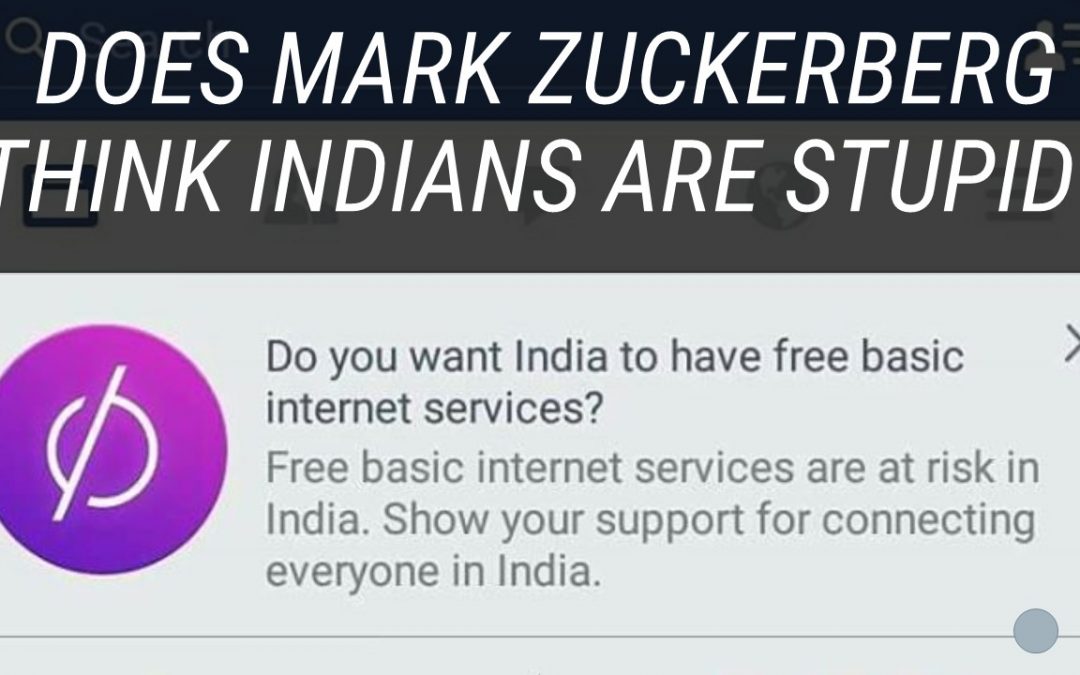
We have been writing against Interet.org’s net neutrality principles for a while now. We have raised key ethical concerns with Internet’org’s business model and how it is fundamentally destroying the free neutral Internet architecture. Countries need to unite to stop Internet.org from destroying Net Neutrality in India, Pakistan, Bangladesh, Bolivia etc.

We have been trying to raise awareness about net neutrality since a year!
The key problem with Internet.org – it’s NOT free Internet. It’s free Facebook on reliance sim cards.
A basic service like google search isn’t available on Internet.org.

It’s not free Internet. It’;s free Facebook if you buy a Reliance Sim Card.
A few weeks ago, AIB released a brilliant video speaking up against net neutrality violations in India. Watch it if you haven’t already!
This video caused an outrage amidst the Internet users in India. As the video went viral, Facebook countered this with the following message:

The funny thing is how Mark Zuckerberg defines Internet access. How can the CEO of a billion dollar company not know what’s the meaning of ‘free Internet’?
Net neutrality isn’t just at threat in India. It’s a serious threat everywhere.

Special tie up with Telenor

Destroying Net Neutrality in Bangladesh

Net Neutrality in Bolivia at threat
There are multiple ways by which Internet.org could alter its business model so that it doesn’t affect net neutrality in India and several other countries. However, that’s not going to happen anytime soon unless netizens around the world take a stand against net neutrality violations by Internet.org
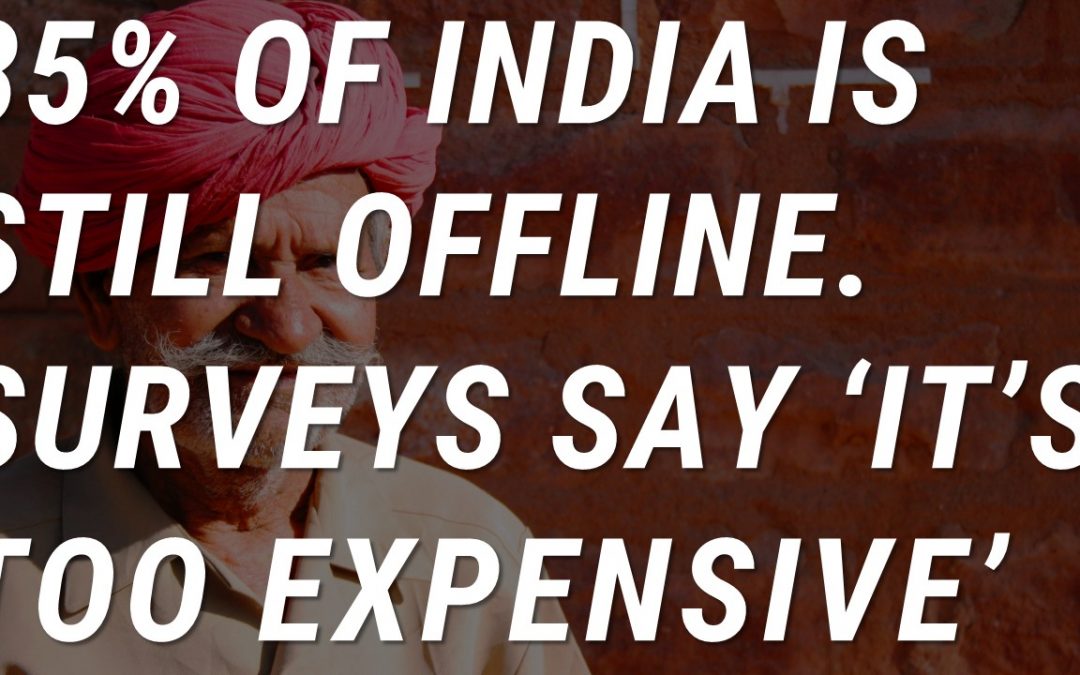
In a recent study conducted by Mckensy in 2014, it was stated that out of the 4.4 billion people in the world who lack Internet access, 3.4 billion non-users come from just 20 countries (Kara Sprague, James Manyika, Bertil Chappuis, Jacques Bughin, Ferry Grijpink, Lohini Moodley, Kanaka Pattabiraman, 2014).

India is a developing country with a population of approximately 1.3 billion or roughly 1000 times that of Estonia’s. India has 29 states and 7 union territories, with its population spread across over approximately 30 major cities, 8000 towns and more than 600,000 villages.
India has one of the lowest Internet penetration rates with only 15% of its population having access to Internet (The World Bank, 2013). This may seem like a small number in percentage but India has over 300 million Internet users – the third largest digital population in the world.
As of 2014, India had 930 million cellphone subscriptions. Only 6.4 % (or 60.19 million) of these are mobile Internet users – by way of a smartphone or a USB data dongle. (Telephone Regulatory Authority of India, 2014).
Only about 5% of India’s service exports are ICT based (The World Bank, 2013) amounting to approximately 100 billion USD. This is roughly 66 times that of Estonia’s ICT export (gross).
Strangely, the world’s highest number of non-Internet users come from the same country that produces some of the cheapest smartphones, has one of the widest network coverage by kilometer square, is the third largest ICT exporter in the world and has the second largest cellphone subscriptions in the world.
Much work is being done to address the issue of ‘affordability’ by the government of India, research institutions, corporates and non-governmental organizations. One key solution, being pushed by the private sector and government of India, to bring more people online and bridge the digital divide is provision of free or (affordable / low-cost) Internet access via Wi-Fi. Enabling them to access free Wi-Fi connection in India can make a big difference.
Read More on the Current State of Internet Access in India.
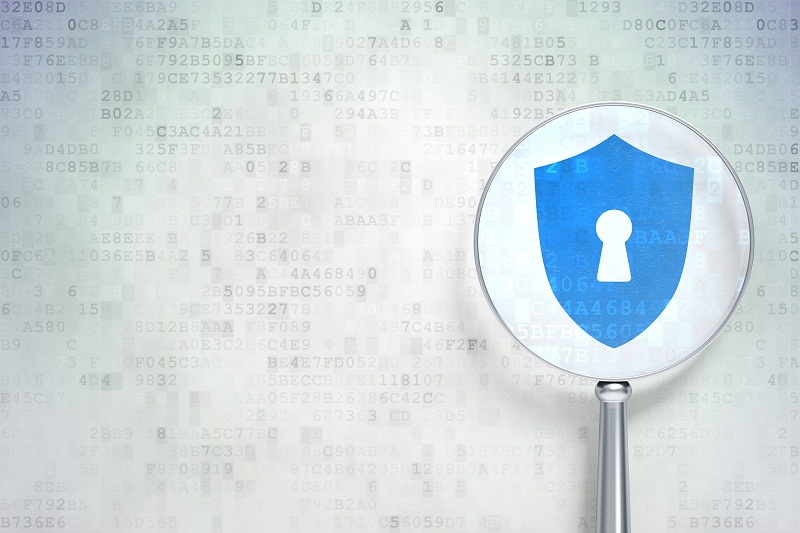
The user authentication system can also be considered as a ‘login validation system’ for those who want to access the wireless network for free Internet provided by the internet bandwidth provider. A database of successfully logged in users is maintained through this system as per legal requirements.
Instead of handing out passwords on a piece of paper the Government recommended a WiFi User Authentication that generate SMS passwords delivered directly on the users phone number.

Step 1: Enter user’s mobile number

Step 2: Random Password Generation delivered via SMS on user’s phone

Step 3: Validate user with rules of access (time, speed, downloads)
[youtube https://www.youtube.com/watch?v=obxv4NxU6v4]
This is how it should work:
| USER FLOW | SYSTEM FLOW |
| User switches on his device WiFi and selects SSID. | STARTS A NEW SESSION FOR THE USER, INITIATES USER LOGIN PROCESS |
| User’s device browser opens and loads login form. User enters mobile number | INPUT USER ID |
| User ID is registered | CHECK USER ID, REGISTER NEW USER IDS, GENERATE AND DISPATCH PASSWORD |
| User enters password that was received via SMS | INPUT USER PASSWORD |
| User accepts terms of use | USER AUTHORIZATION |
| User can now use Free Internet service | SUCCESS PAGE |
Remark: If you need more information on Muft Internet’s free-to-use WiFi User Authentication System contact us on +91 80802 40000 or email [email protected]